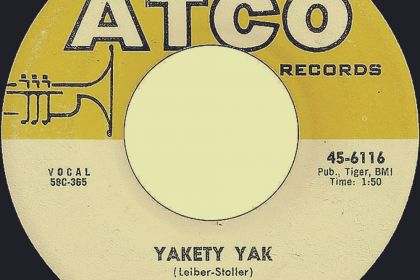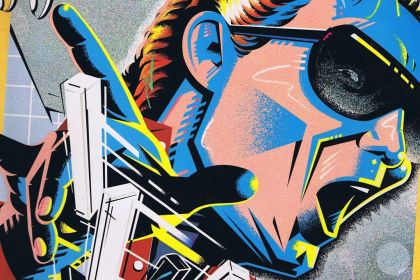SONGWRITER
Bony Moronie: blues roots of the seminal rock and roll hit

Larry Williams LP cover
Bony Moronie is one of the best-known tracks of New Orleans singer Larry Williams which, along with his other songs, has been heavily covered by famous British Invasion bands including The Beatles, The Rolling Stones, and The Who. Most of Williams' hits such as Dizzy, Miss Lizzy, She Said Yeah, and Bad Boy were cut in the late 1950s and are now revered as rock and roll classics.
Williams' flamboyant albeit short-lived career, kick-started by his cousin Lloyd Price, was marred by drug addiction and a prison sentence. The true cause of his death that occurred in 1980 is still disputed by many.
Williams' original version of Bony Moronie sold over a million copies and its continued promotion in the 1960s by various rock stars solidified the song's popularity. Subsequently, the lyrics were translated into French as Miss Boney Maronie and received a number of Spanish covers titled Popotitos, including the 1990s version by Ricky Martin which had notable success.
Listen to Bony Moronie by Larry Williams:
Compositionally, Bony Moronie follows the classical canons, namely the Ionian mode. In the harmonic analysis of the song's chord chains, the scale degrees (denoted with Roman numerals) show the following progression in the key of A♭ major:
- A♭–D♭–A♭ or I–IV–I for the verses
- E♭–D♭–E♭–D♭–A♭ or V–IV–V–IV–I for the choruses.
The very simple harmonic progression of Bony Moronie contains only three primary major chords of the Ionian mode. A huge number of rock-and-roll songs are arranged in a similar way, with the musical turnaround I–V–IV–I that forms the core of most blues songs including Robert Johnson's Terraplane Blues and Blind Willie McTell's Statesboro Blues.
Discover more songs composed in Ionian major mode and check out their harmonic analysis in the following articles:
- 6 songs to unpack Ionian mode and the major scale
- 9 Beatles songs that combine harmonic major with Ionian mode
- Sugaree: Jerry Garcia's song referencing his lyricist's criminal past
- D'yer Mak'er: meaning of Led Zeppelin's most controversial song
- Seven Seas of Rhye: song of imaginary land brought to life by Ionian and Mixolydian modes
- Tumbling Dice: hundred reels of tape for a messy Rolling Stones mix
- Marie Laveau: ballad of the legendary Voodoo Queen
- Hushabye: folk roots of famous rock and roll lullaby
- Coal Miner's Daughter was forced to remove a third of the lyrics from her autobiographical song
- I Wanna Be Sedated: pure classical harmony cementing the Ramones' hit in punk rock history
- Yakety Yak: teenager's answer to household chores in a hit song



